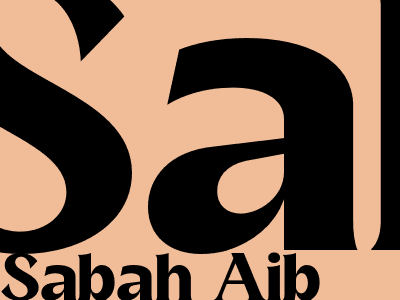How to Write an SEO Blog Post: The Ultimate Guide
Introduction
In today's digital landscape, search engine optimization (SEO) is essential for reaching your target audience and driving traffic to your website. One of the most effective ways to improve your SEO is through blog posts. By creating high-quality, informative content, you can attract readers and earn valuable backlinks, which can boost your search engine rankings.
But writing an effective SEO blog post is not as simple as throwing together a few words and hitting publish. There are a number of factors that you need to consider, from keyword research to on-page optimization and link building. In this guide, we'll walk you through the entire process of writing an SEO blog post, from start to finish.
Keyword Research
The first step in writing an SEO blog post is to conduct keyword research. This will help you identify the keywords and phrases that your target audience is searching for. There are a number of different ways to conduct keyword research, but some of the most popular methods include using Google AdWords Keyword Planner, SEMrush, and Moz Keyword Explorer.
When choosing keywords, it is important to consider the following factors:
- Relevance: The keywords that you choose should be relevant to your topic and your website.
- Search volume: The keywords that you choose should have a high search volume, but not so high that they are too competitive to rank for.
- Competition: The keywords that you choose should be competitive, but not so competitive that you have no chance of ranking for them.
On-Page Optimization
Once you have chosen your keywords, you need to optimize your blog post for on-page factors. On-page optimization is the process of optimizing the content and structure of your blog post to make it more search engine friendly.
Some of the most important on-page optimization factors include:
- Title tag: The title tag is one of the most important on-page optimization factors. It should be concise, informative, and contain your main keyword.
- Meta description: The meta description is a brief summary of your blog post. It should be engaging and encourage people to click on your post.
- Headings: Headings help to break up your blog post and make it more readable. They should contain your main keywords and be formatted using HTML heading tags (
,
, etc.).
- Body content: The body content of your blog post should be well-written and informative. It should contain your main keywords and be formatted using proper HTML tags (

Comments